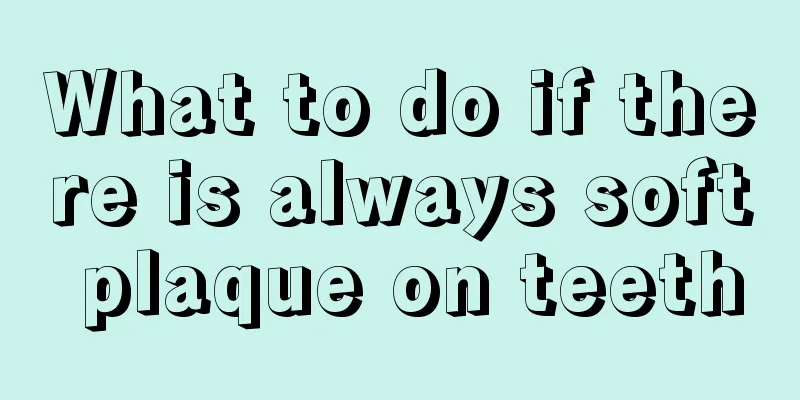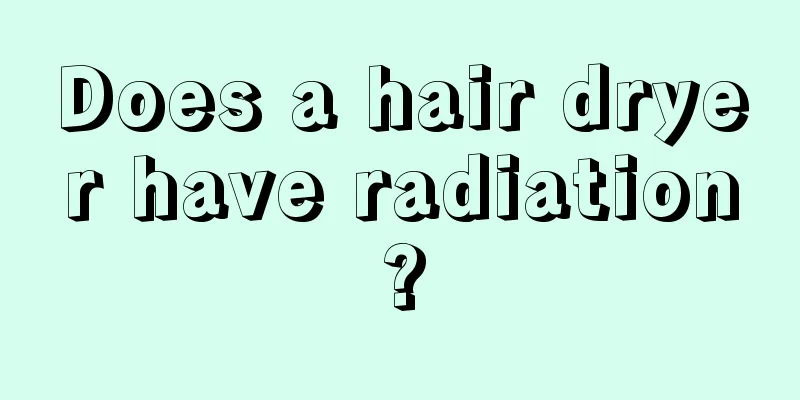What to do if there is always soft plaque on teeth

|
Many people have a layer of soft or hard substances between their teeth, or on the upper and lower surfaces of their teeth. This is called tartar. It is caused by food residues, saliva secretion caused by the shedding of oral mucosa, and then sticks to the teeth. It cannot be completely removed by brushing. It requires regular brushing and the use of tooth removal methods to restore it. Otherwise, this soft plaque will remain. Many people have a layer of dirt on the surface of their teeth between their teeth or near the gums. The soft one is soft plaque and the hard one is tartar. The hard part is tartar. Tartar is mainly composed of a mixture of food residues, oral epithelium, mucin in saliva and bacteria. It is relatively soft and easy to remove by brushing teeth. Dental tartar is mainly formed by the addition of mineral salts such as calcium salts to soft plaque. It is relatively hard and is tightly attached to the teeth, so it cannot usually be removed by brushing and must be scraped off with an instrument. Tartar is mostly caused by poor oral hygiene. It is more common in people who do not brush their teeth regularly, or use incorrect brushing methods, have uneven teeth, or are afraid to chew due to dental disease. Tartar is not only found on the tooth surface above the gum line, but sometimes also on the tooth neck or tooth root. Tartar exerts mechanical pressure on the gums, causing blood circulation disorders in the gums and reduced resistance. Coupled with the proliferation of a large number of bacteria, it causes long-term inflammation, erosion, and bleeding of the gums. The progression of gingivitis can lead to the destruction of the alveolar bone and periodontal membrane, and in severe cases, teeth may become loose or painful. Once tartar is formed, you can only go to the hospital and ask a dentist (periodontist) to help remove it. This is "teeth cleaning". The so-called "teeth cleaning" means cleaning teeth, but this does not include oral cleaning measures such as brushing teeth and gargling in daily life. Instead, it specifically refers to the dentist using special instruments to conduct comprehensive and detailed cleaning of teeth to remove all unnecessary attachments, such as tartar, soft plaque, stains, etc. |
<<: Other teeth ache after tooth extraction
>>: The second to last tooth is rotten
Recommend
Clinical significance of glycosylated hemoglobin
What is Glycated Hemoglobin? Glycated hemoglobin ...
Is it dangerous to scratch your throat to induce vomiting?
Losing weight is an issue that many people are co...
How to curl your hair with a curling iron
If you want your hair to look like it’s been perm...
The first signal of cervical cancer
The first sign of cervical cancer is usually cont...
How to effectively adjust poor sleep during menopause
Women in menopause are prone to poor sleep, which...
Is peach gum effective in treating gastritis?
The cases of gastrointestinal diseases in modern ...
Benefits of exercise therapy for lung cancer
What are the benefits of exercise therapy for lun...
What should I use to wash the chili peppers on my hands
Chili can be said to be a condiment that many peo...
How to prevent lung cancer? Four things to do to prevent lung cancer
The occurrence of lung cancer is closely related ...
These infectious skin diseases must be prevented!
Skin disease is a relatively common disease. It i...
Can you walk more if you have brain cancer?
Intracranial malignant tumors mainly include glio...
A folk remedy for lung cancer that nourishes yin and clears away heat
Nourishing yin and clearing heat refers to the us...
What should we do to prevent colorectal cancer? Can we prevent colorectal cancer by eating less meat?
Cancer is the leading cause of death and has a ve...
What should I do if the soles of my shoes make a loud noise when I walk
I believe that everyone will always have this con...
What are the methods to prevent liver cancer? 5 effective methods to prevent liver cancer
Prevention of liver cancer starts with paying att...









